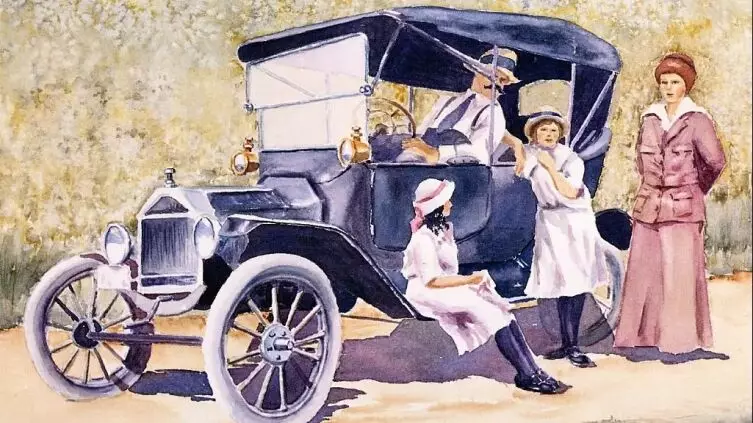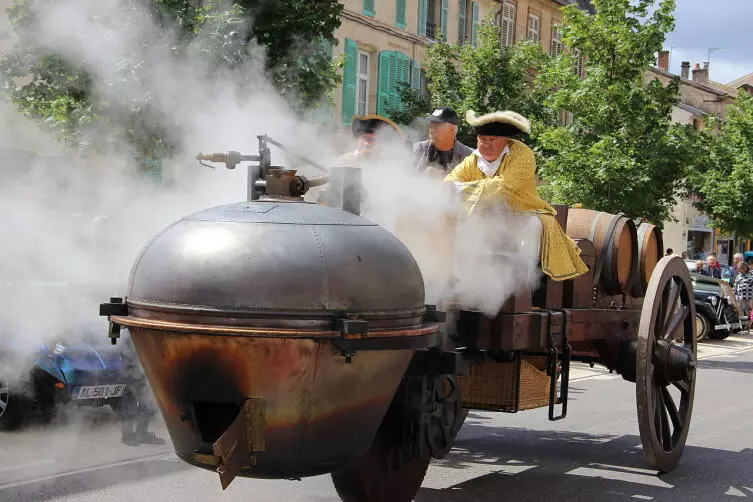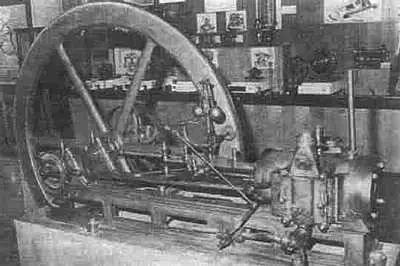
The car is the case on our streets the usual. Older people with quite understandable nostalgia remember times when in childhood the streets could be driven freely on bicycles or even play football. Because cars were much smaller.
But there was a time when cars were generally absent. And not so long ago, some hundred fifty years ago! What, you see, on historical standards, quite a bit.
For a long time, people successfully accounted for manpower in their lives. It has already been several millennia and is still used in many countries.
If we talk about the usual car, then self-deviating crews (at least on paper) began to appear in the Renaissance. Historians report that several such carts were successfully operated in different cities of the old Europe.
However, called such crews by cars is not too appropriate. After all, the main part in the car is the engine, and it was not yet in the described time. That is, then all self-deviating crews were driven by the force of people, or the same horses.
The case, so to speak, was shifted from the dead point, when in the second half of the twentieth century, a steam boiler was constructed in the second half of the 20th century.
Initially, of course, Papan did not think about the fact that his brainchild would be used in a self-apparatus crew. Steam machines were needed on any industries, spinning manuffs, sea ships, lifting mechanisms, and so on.

The idea to adapt the steam boiler to create a self-propelled crew came to the head of an artillertist from France Joseph Cun. It happened in 1769.
Kyuno constructed a three-wheel steam tractor for transporting heavy guns. The idea was, of course, useful, but prevented the imperfection of the then scientific and technical thought. It happened so that the car Kyuno came to the place, drove ten-fifteen meters and buried in the fence. Well, I didn't think about the proper steering control and could not drive the obstacle!
However, his idea lay down on fertile soil. Not immediately, but later engineers thought to adjust the steam boiler for rail transport. And since there was not practically no steering, then the steam carriages on the railway arrived.
But it is not necessary to think that firewood crews with steam engines in the history of cars were not at all. Were! In France and the United Kingdom, the most enterprising manufacturers have built crews with steam drivers and even organized a regular communication between settlements.
And on those who used the services of such crews, they often looked with respect. Still would! The person was able to pay money for "rushing" on a steam car around the city at a speed of 10-15 kilometers per hour (it was at first, but it was a lot to the standards)!
And not yet to forget that steam boilers, even the most perfect, periodically exploded ...
Clear business, science and technology did not stand still. Many talented inventors beat the problem of creating a compact and economical engine for self-propelled crews.

And here in 1860, Etienne Lenoar created a gas engine (engine). It was a great success at that time. Etienne's engine possessed a higher efficiency. He worked in a spread gas distributed then.
In general, Etienne's unit first showed himself from a good side. It was more compact and cheap. But - with short use! Why? Yes, because for long-term operation, the gas motor would require a huge fuel tank. Gas is not gasoline, not kerosene, not alcohol, in the end!
And here, of course, the inventors again scratched the heads, laid down with books with drawings and began to think, compare, reflect ... As a result, by the end of the XIX century, quite acceptable models of electric motors and internal combustion engines appeared.
Author - Maxim Mishchenko
Source - Springzhizni.ru.
